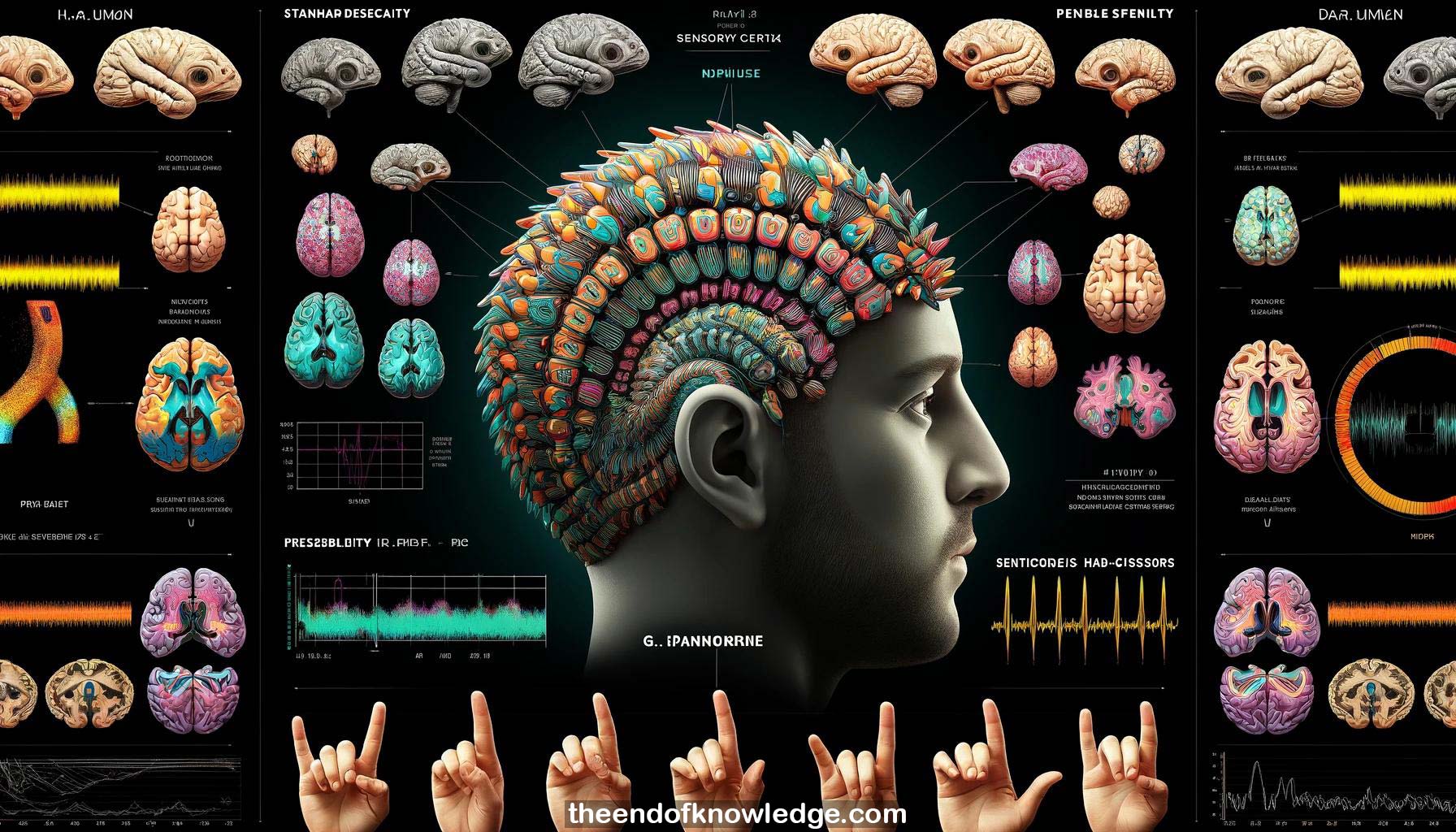 >
>
Concept Graph & Resume using Claude 3 Opus | Chat GPT4 | Llama 3:
Resume:
1.-Leo presented the G.pangolin system, an ultra-high density EEG system with flexible PCBs attached to the scalp using medical adhesives.
2.-The system uses pre-amplifiers for better signal-to-noise ratio and can use up to 1024 channels by merging 4 G.HIamps.
3.-G.pangolin grids have 8.6mm inter-electrode distance and 5.9mm exposed sensor diameter. Conductive gel is used to fill the sensors.
4.-Compared to standard 10-10 or extended 10-10 systems, G.pangolin provides a significant improvement in spatial density of sensors.
5.-The process involves preparing grids, creating montage, applying grids and pre-amplifiers, running experiments, and co-registering electrode positions with MRI.
6.-Higher density EEG is important for source imaging in epileptic patients and studying spatio-temporal aspects of visual processing.
7.-Research shows increased spatial resolution with G.pangolin reveals separated EEG activation for individual finger movements compared to standard EEG.
8.-In finger tapping experiments, G.pangolin found significant channels for each finger, while standard EEG showed broad activation.
9.-Despite increased inter-electrode distance, the correlation between signals only increased by 2.5 times, indicating improved information content.
10.-Hand gesture decoding experiments classified rock, paper, scissors hand movements using G.pangolin in both motor execution and imagery.
11.-Classification accuracy reached 78.9% one second after movement onset. Subject 1 did motor execution, Subject 2 did motor imagery.
12.-G.pangolin data can feed source reconstruction algorithms. An example used 256 channels and median nerve stimulation SEP.
13.-The inverse problem was solved using the FieldTrip toolbox. Dipole fit localized right median nerve stimulation in left sensory cortex.
14.-Covering the whole scalp is recommended for best source reconstruction results. More methods can be applied.
15.-Five subjects performed individual finger movements. Significant channels showed focal activation. 70.6% average pairwise classification accuracy was achieved.
16.-Mapping the central sulcus used median nerve stimulation SEP. 95.2% accuracy in classifying post- and pre-central channels was achieved.
17.-Paulina studied representation of different grasping movements (power grasp, precision grasp, pinch) on objects using G.pangolin for BCIs/neuroprosthetics.
18.-The paradigm included preparation, execution until hold, and release phases. Each grasp-object combination was executed 54 times.
19.-On average, 236 EEG electrodes mainly on motor areas and 96 EMG electrodes on arm/hand muscles were used per participant.
20.-Motion capture and maximum voluntary contraction were also recorded. ERD patterns were analyzed over time in EEG.
21.-EMG, motion capture and EEG/EMG decoding results were compared over time. Reaction times and accuracy patterns were observed.
22.-EEG had 75% peak accuracy, EMG had 95% sustained accuracy for 3-class grasp decoding within an object. Some participant differences noted.
23.-Further improving results is anticipated with more advanced analysis. High-density coverage contributes to grasping movement research for BCIs/prosthetics.
24.-Matteo investigated benefits of wider scalp coverage with G.pangolin for motor execution/imagery and visual tasks.
25.-Covering temporal regions beyond sensorimotor cortex revealed some relevant activations for thumb vs pinky movement discrimination.
26.-Visual paradigms with different color/contrast stimuli evoked clear visual region activations, with differences observable using varying electrode densities.
27.-Accuracies for visual decoding were similar but topographic maps were more informative with higher density.
28.-Live demonstration of 512-channel visual experiment conducted. Photo sensor detected stimulus onsets for precise ERP timing.
29.-G.pangolin setup, skin preparation, conductive gel application, and grid placement were shown. Impedance reduction techniques were discussed.
30.-Reusability of grids, visualization of high-density EEG signals, trigger mechanisms, and wireless transmission constraints were addressed in Q&A.
Knowledge Vault built byDavid Vivancos 2024